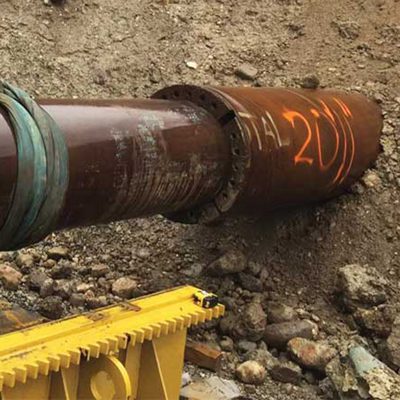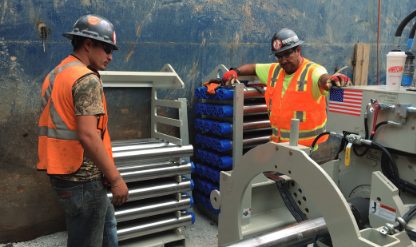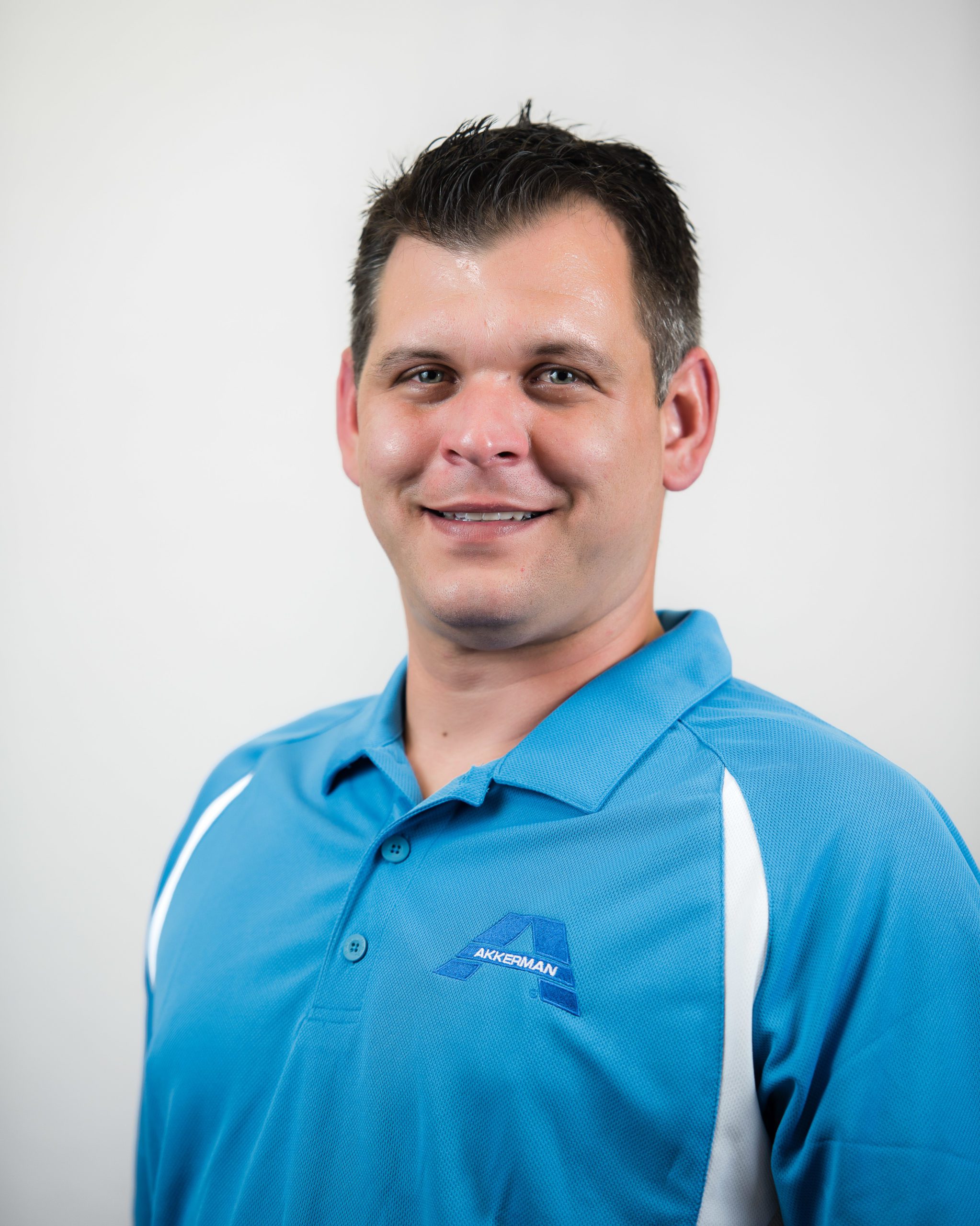15th Akkiversary
Alex Whiteis
Alex started in microtunneling assembly and as an MTBM field technician, but he also dabbled in support for the GBM, TBM, and EPBM equipment lines. For ten years, he was integral on many high-profile projects all over North America for customers Michels Tunneling, Super Excavators, Inc., Frontier-Kemper Constructors, Inc., and J&J Boring, Inc., to name a few.
On one of his first technician projects, he received prudent advice from Vladimir that he’s never forgotten. “Vladimir said, ‘I know figuring out problems is stressful, but approach them one step at a time.’ This helped me grow as a technician.”
In 2017, Alex was appointed as MTBM Lead, adding managerial and production workflow responsibilities, along with continued field technician support.
In April of 2020, he was named Plant Manager. His two years in this position have been marked by increased production volume, facility expansions, machining center and heavy equipment acquisitions, product quality improvements, a reduction in backlog, workforce expansion, and moving our safety program back in-house.









